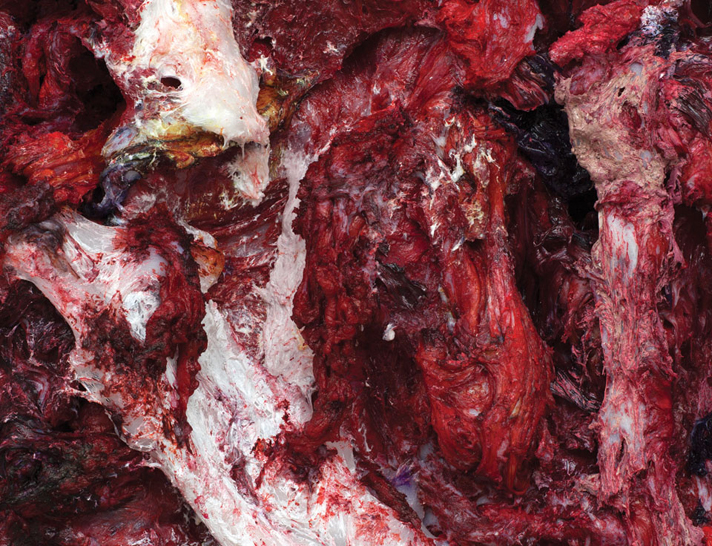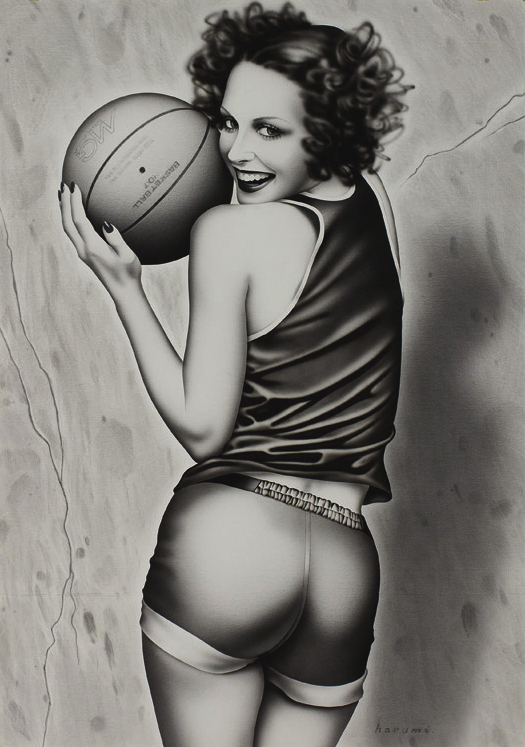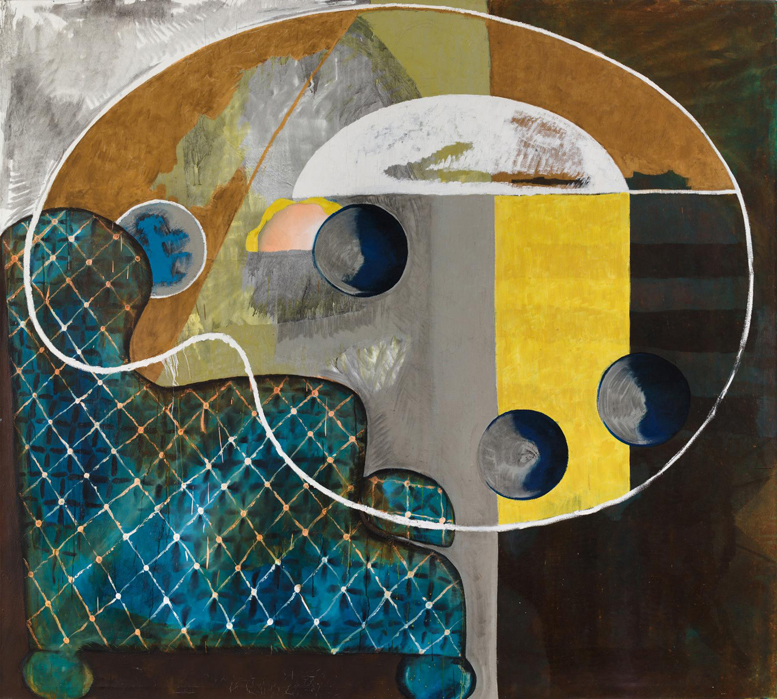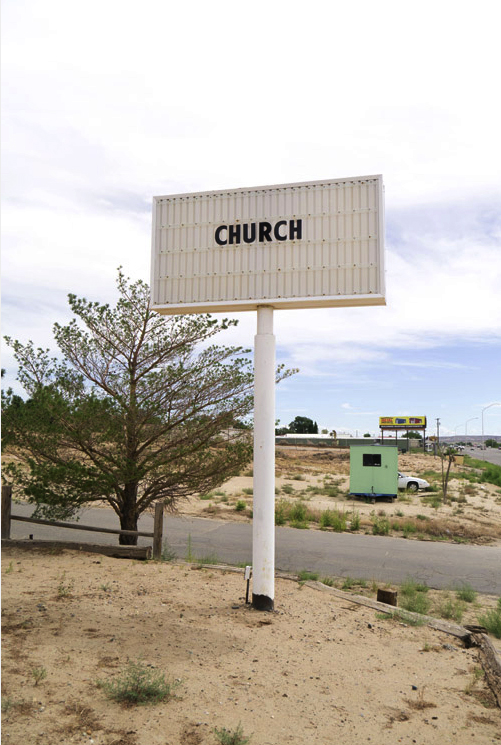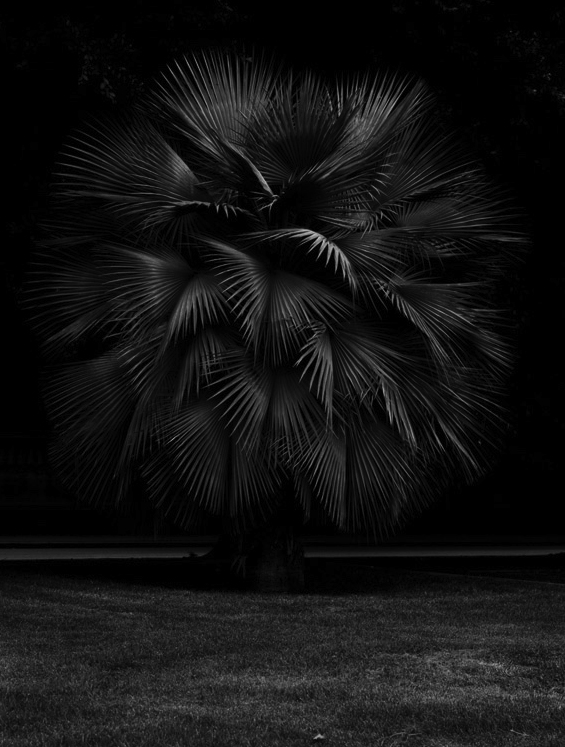ANISH KAPOOR
2015-03-23A radical return to painting marks this new solo show by Anish Kapoor, whose work continues to evolve, seduce and challenge, more than three decades since he first exhibited at Lisson Gallery. A new group of vast, seething red and white resin and silicon paintings, emerging from an intensive process of creative exploration, dominate the main room. These can be read in distinct but overlapping registers, evoking at once the raw internal spaces of the body and the psyche; the humanist and realist painterly tradition of Rembrandt, Soutine and Bacon; and the wider cultural reality of social and political upheaval, violence and trauma.
This new body of work draws on Kapoor’s own artistic history. From his earliest days as an artist he has made two-dimensional works in ink, acrylic, gouache, oil, pigment and earth on both paper and canvas. The new paintings also recall his recent monumental mechanised installations, such as My Red Homeland (2003), Svayambh and Shooting into the Corner (both 2009), which have all employed visceral expanses of red wax; this time the painterly manipulation is wrought by an unknown force, rather than automated by machine. The contested surface of the new silicon works extends Kapoor’s interest in the legend of Marsyas, whose skin was flayed by the Greek god Apollo and whose name was used as title for the artist’s 2002 Turbine Hall commission at Tate Modern.
Exhibition runs through to May 9th, 2015
Lisson Gallery
27 Bell Street
London
NW1 5DA
